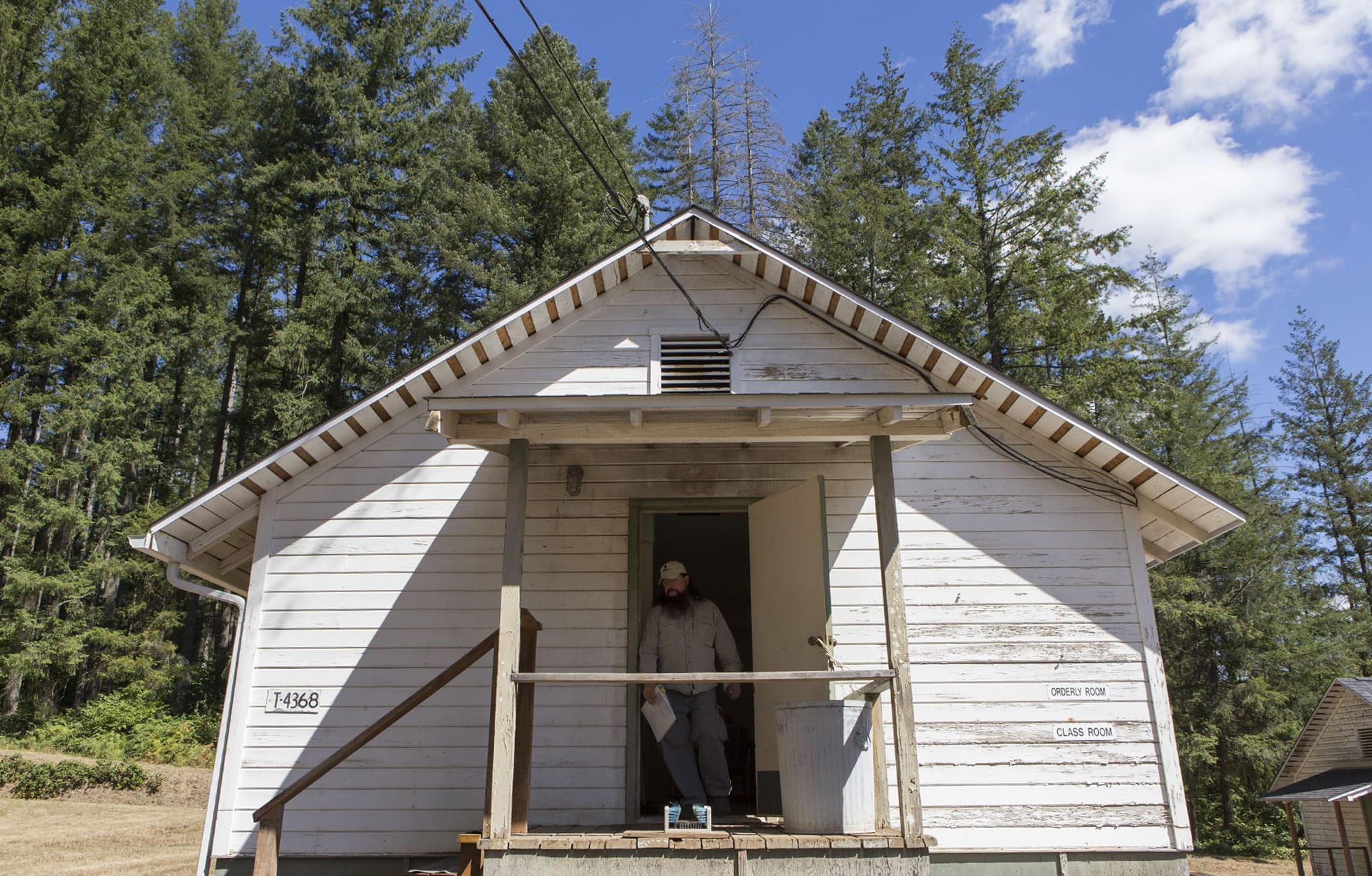The Washington Department of Ecology is proposing to change its cleanup plans at the Camp Bonneville Military Reservation site and it wants to know what the public has to say about it.
The camp, which is five miles northeast of Vancouver, is a nearly 4,000-acre forested site that was once owned by the U.S. Army and leased from the Department of Natural Resources.
The site operated as a training ground for soldiers from the time it opened in 1910 until military operations ceased in 1995. Countless soldiers were trained on how to handle everything from firearms, grenades and artillery rounds over more than 80 years left a legacy of environmental contamination, munition fragments and potentially dangerous unexploded ordinances around the property.
As of a year ago, $23.28 million had been budgeted on cleanup efforts at the former installation, though that amount is expected to keep climbing. The cleanup is being funded by the Army, not Clark County.
And although the camp is years away from being open to the public, select areas of it are frequently used by the Clark County Sheriff’s Office and employees of the Federal Bureau of Investigations for weapons training.
The proposed changes to the cleanup action plans specifically relate to two so called Remedial Action Units, one is the small arms ranges and the other is the central impact target area.
Site cleanup has been broken up in four phases and going on for years.
The work on the second phase is complete. Contrary to what’s said on an Ecology flier about the changes, the third phase hasn’t begun yet. Rather, it’s expected to begin next year. That work will focus on an the central impact target area, which was targeted by large artillery guns.
Cleanup of the small arms range at the camp was thought to be finished, but recent sampling shows there is still some lead contaminated soil at a nearly 2-acre rifle range and machine gun range. Also, lead slugs have been found in a wooded area beyond the range in a roughly 6 acre site nearby.
The state is proposing to include a partial excavation and perhaps covering the lead-contaminated soil with a special type of fabric and a foot of clean soil — depending on results from a lead leachability test.
The other location, the central impact target area, was home to 15 hard targets that soldiers fired upon with mortars and large artillery guns from various locations around the camp.
If it weren’t for the barbed-wire fence adorned with warning signs surrounding the target area, the untrained eye might be forgiven for mistaking it for a typical forest.
Thick vegetation covers the ground and tall trees stand across the landscape, but there’s bombs and bomb fragments riddled across the terrain.
Those rounds were capable of embedding themselves six to ten feet into the ground, said Greg Johnson, munitions safety advisor with Clark County Public Works; but an unknown number of them might have landed at or near the surface and may or may not have exploded.
As part of the proposed changes, cleanup experts plan to start with a sweep and cleanup of a 100-acre clearing around the old targets and work outward from there within a roughly 500-acre area.
The original cleanup plan for the area called for clearing debris 14 inches below the surface, but now Ecology is proposing to only clear the surface and follow up with annual inspections for new munitions that may resurface.
Johnson said it’s not feasible to completely clear the site of every shell and fragment — digging down to deep enough to comb for every bit of contamination or unexploded bomb in an area that large isn’t possible.
In a few years, the camp will become a park, complete with a campground and trails, but the central impact target area will remain forever closed to the public.
“No one will ever be allowed in here in perpetuity,” he said pointing to the target area on a map. “It’s completely off limits … even for firefighting,” he said.
“We’re never going to get every item here. It’s not possible. If there was a fire out here and one of those rounds when off when they were trying to fight it. … It’s best to just let it burn,” Johnson said.
Currently a public comment period is open until Sept. 18 on Ecology’s proposed changes to the cleanup action plans. The draft amended plans may be modified based on the comments submitted.
For more information on the changes and details on how to comment, visit http://bit.ly/2v65o8m.




